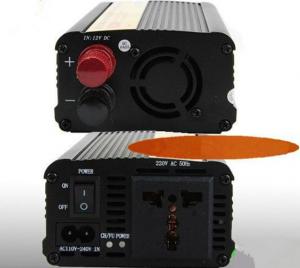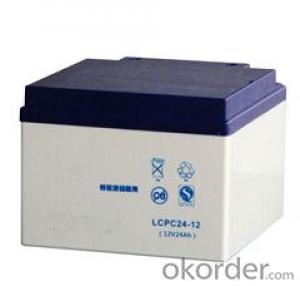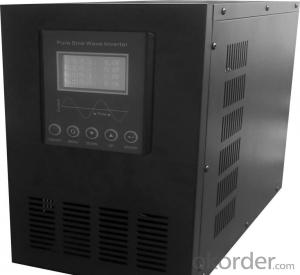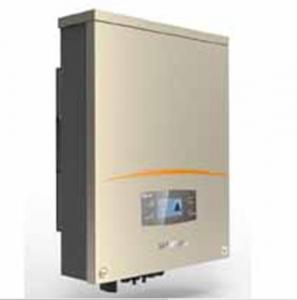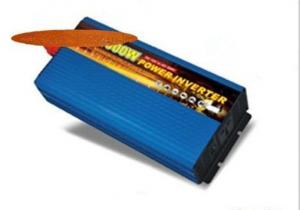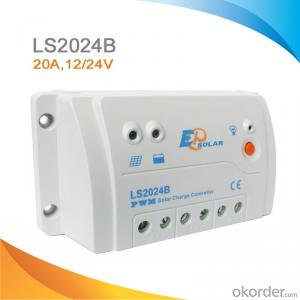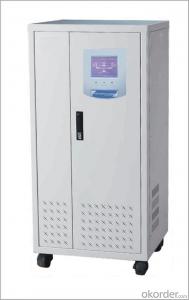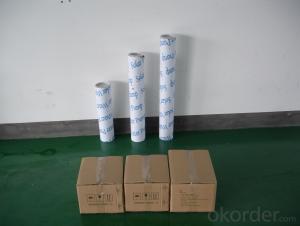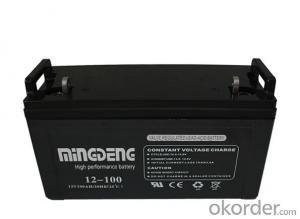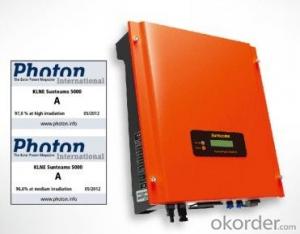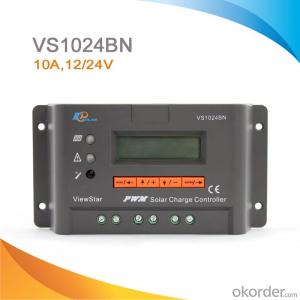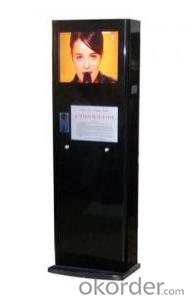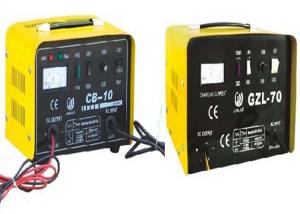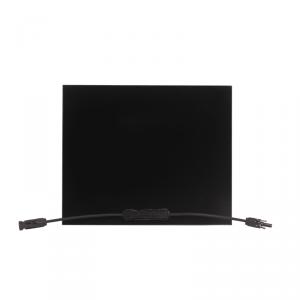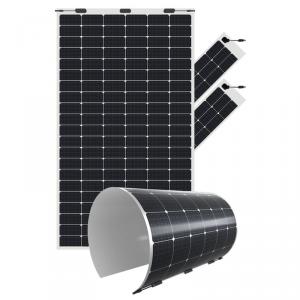24v Solar Inverter Charger
24v Solar Inverter Charger Related Searches
24 Volt Solar Inverter Charger Solar Inverter Charger 24v 24v Solar Inverter Solar 24v Inverter 12v Solar Inverter Charger 24 Volt Solar Inverter 24v Inverter Solar 24 Volt Solar Power Inverter Solar Power Inverter 24v 24 Volt Inverter Solar 48v Solar Inverter Charger Solar Inverter Charger 12v Solar Inverter Charger 12 Volt Solar Inverter Charger Solar Inverter Charger 48v Solar Power Inverter Charger 24v Hybrid Solar Inverter 24 Volt Hybrid Solar Inverter Solar Charger For Inverter Hybrid Solar Inverter 24v Solar Inverter 240v Best Solar Inverter Charger Victron Solar Inverter Charger Best 24v Solar Inverter 240v Solar Inverter Best 24 Volt Solar Inverter Inverter Charger Solar Solar Charger With Inverter Solar Inverter 24 Volt Price 240 Volt Solar Inverter24v Solar Inverter Charger Supplier & Manufacturer from China
The 24v Solar Inverter Charger is a versatile product designed to convert solar energy into usable electrical power. It is equipped with a solar charge controller, an inverter, and a battery, making it a complete solution for various off-grid applications. This product is particularly useful for those who rely on solar power for their energy needs, as it efficiently manages the energy flow from the solar panels to the battery and then to the electrical devices.The 24v Solar Inverter Charger is widely used in a variety of scenarios, such as powering remote homes, cabins, and off-grid locations, as well as providing backup power for emergency situations. It is also commonly used in RVs, boats, and other mobile applications where traditional power sources may not be available. This product allows users to harness the power of the sun to run their electrical devices, reducing their reliance on fossil fuels and promoting a more sustainable lifestyle.
Okorder.com is a reputable wholesale supplier of the 24v Solar Inverter Charger, offering a large inventory of this product to cater to the needs of various customers. With a commitment to quality and customer satisfaction, Okorder.com ensures that each 24v Solar Inverter Charger is thoroughly tested and meets the highest industry standards. By partnering with Okorder.com, customers can rest assured that they are receiving a reliable and efficient product that will serve their solar power needs effectively.
Hot Products
